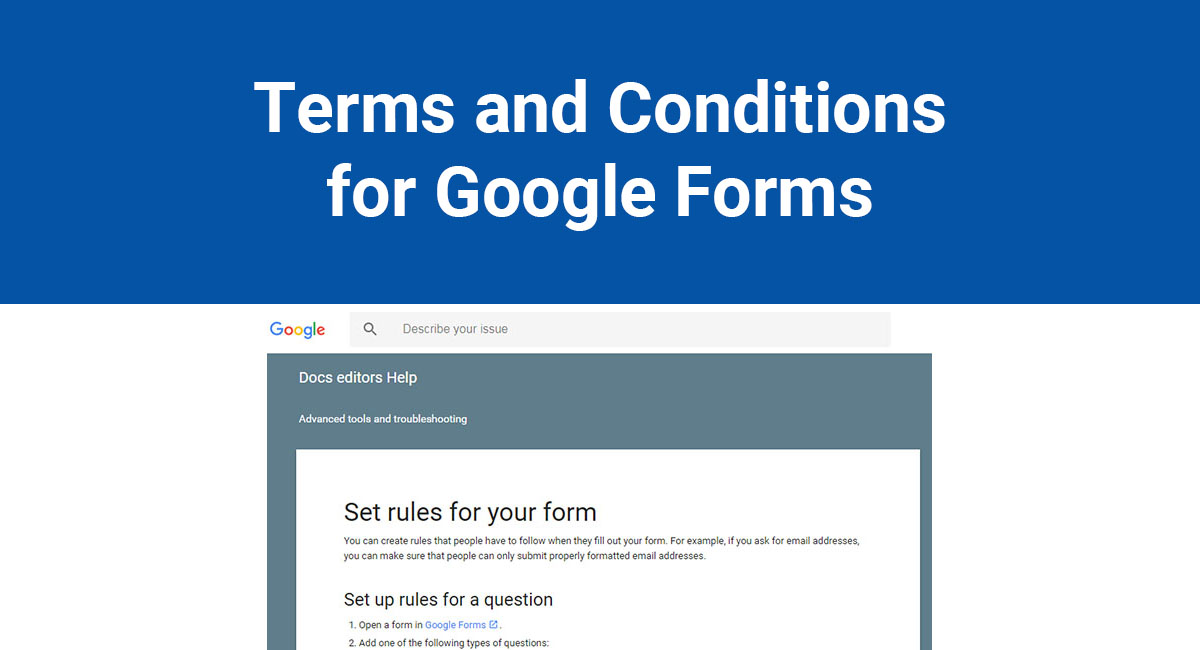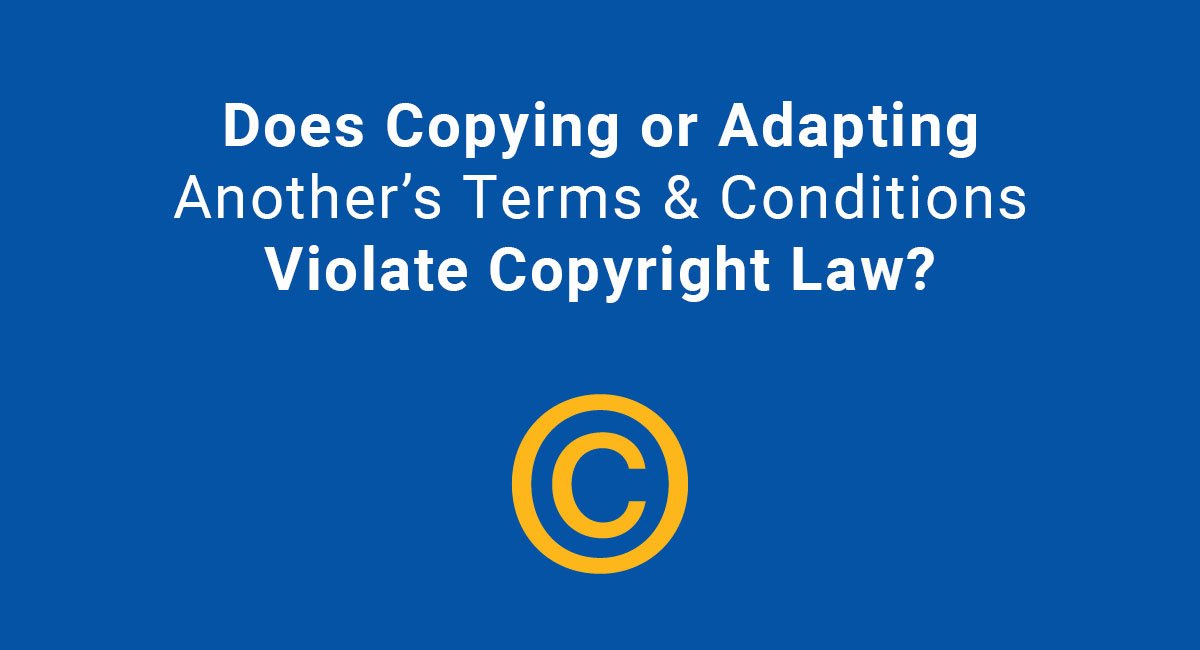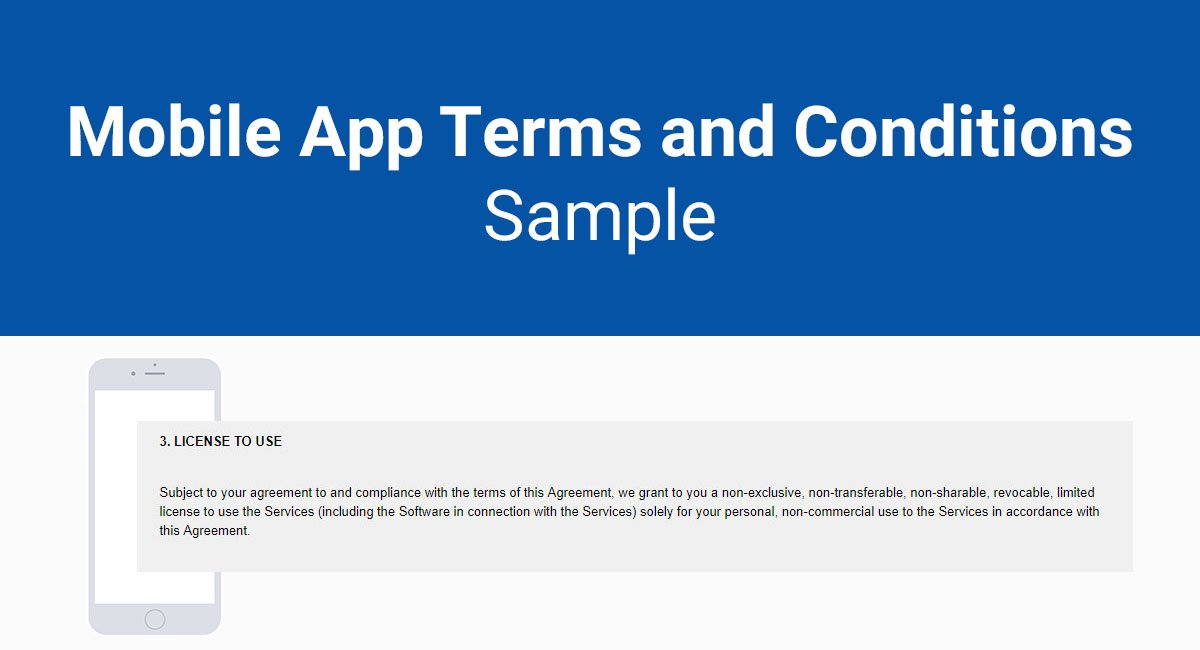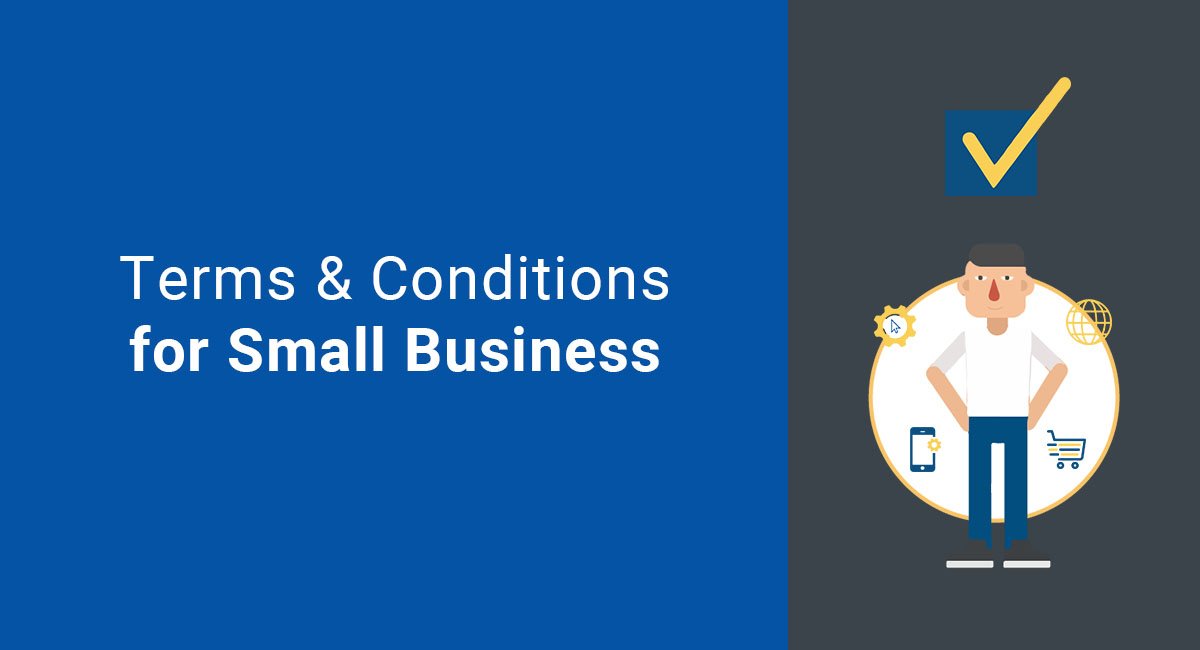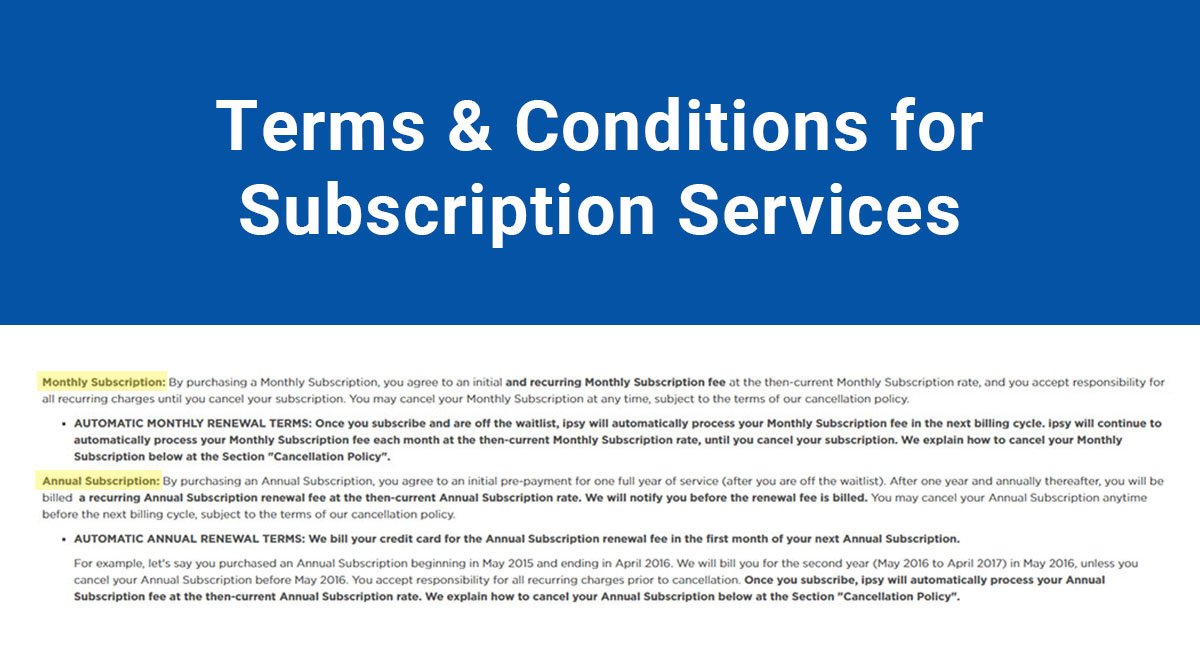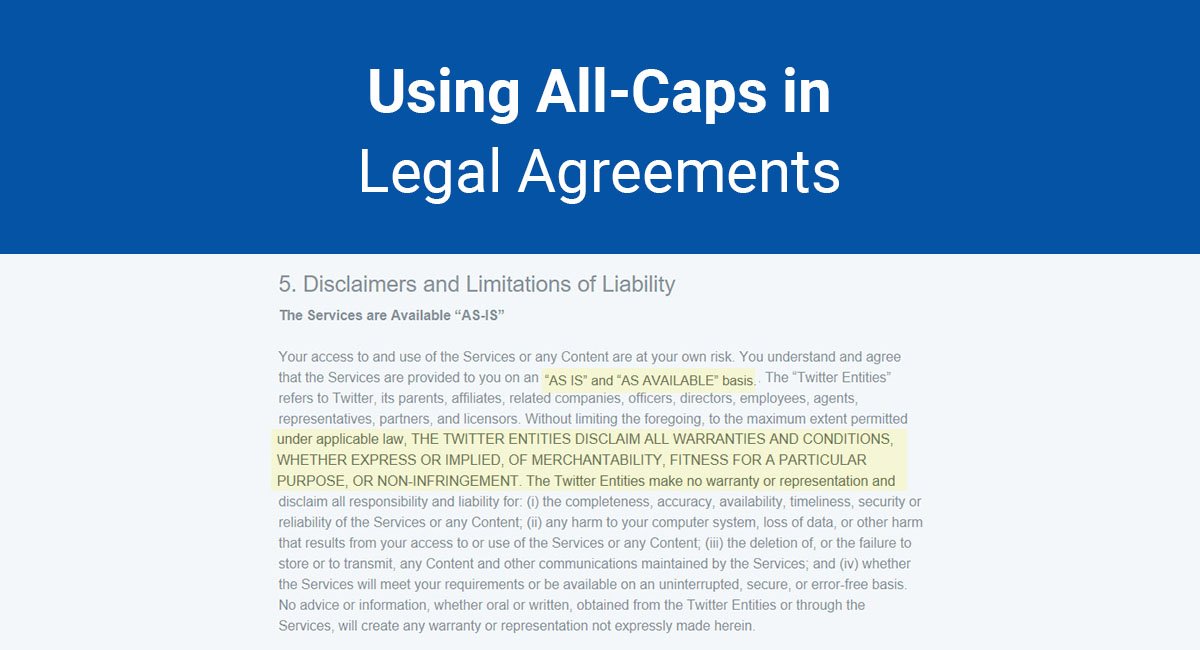Blog: Terms & Conditions
Page 2
Navigate
-
EULA
-
Mobile Apps
-
COPPA
-
Cookies Policy
-
Disclaimers
-
SaaS
-
Privacy Policy
-
CCPA
-
Acceptable Use Policy
-
Return Policy
-
Uncategorized
-
Ecommerce
-
Legal Requirements
-
GDPR
-
Terms & Conditions
-
UK Data Protection Act
-
Test parent
- Test chield
- Test child 2 - is editing possible? probably not :(
-
European Union - Parent
- EU GDPR - child
-
Test 03
-
Test Idea
-
Test of category - renamed
-
test for V3
Terms and Conditions for Google Forms
Google Forms provides your business with excellent tools for collecting and storing information. From simple questionnaires to complex intake forms, Google Forms allows your business to gather important data and store it securely online. It also allows you to set custom form permissions for form access, control and security. Because of security risks...
Does Copying or Adapting Another's Terms & Conditions Violate Copyright Law?
A Terms & Conditions agreement (T&C) defines rights, duties, and responsibilities between you and your users. It sets up expectations and allows you to enforce terms regarding payment, restricted content, and copyright violations. The T&C also addresses liability which can be different across industries. However, T&C agreements are often complex with...
Mobile App Terms and Conditions Sample
If you develop mobile apps, a Terms and Conditions agreement (T&C) is going to be very important to you and your mobile app. While not legally required (the Privacy Policy is), this agreement comes with a number of priceless business benefits that you won't want to miss out on. What's a Mobile...
Terms & Conditions for the Small Business
A Terms & Conditions (T&C) agreement is an important agreement for all businesses, including small businesses. It dictates the rules for your products and services and lays out expectations for you and your customers. It is difficult for a new business owner to spend time on a T&C when when there...
Terms & Conditions for Subscription Services
Subscription plans are becoming a popular online trend. Users can order monthly shipments of beauty products, clothing, craft projects, and even pet supplies to try new products at an affordable cost. Many users appreciate the variety and options offered by these services. However, if you run a subscription service, there are...
Using All-Caps in Legal Agreements
The use of all capital letters (All-Caps) in legal agreements is a time-honored tradition that extends into the digital age. Once it became accepted as a means to make important contract language conspicuous, it became commonplace and even with new formatting options, it is still used today. While you may wish...
